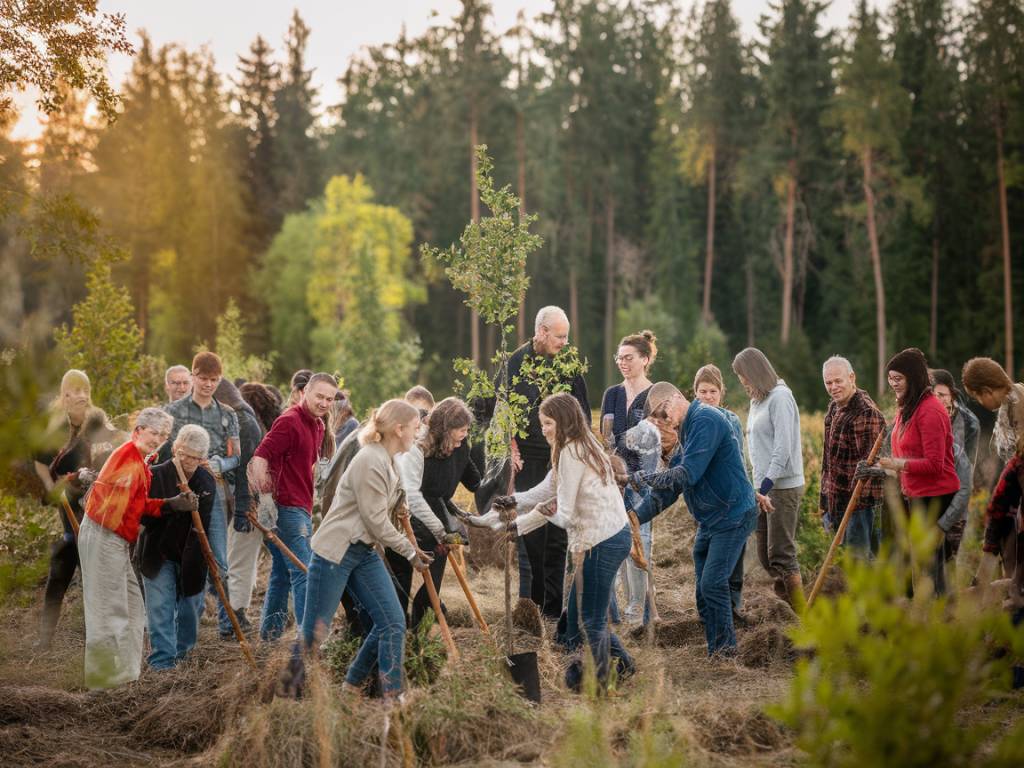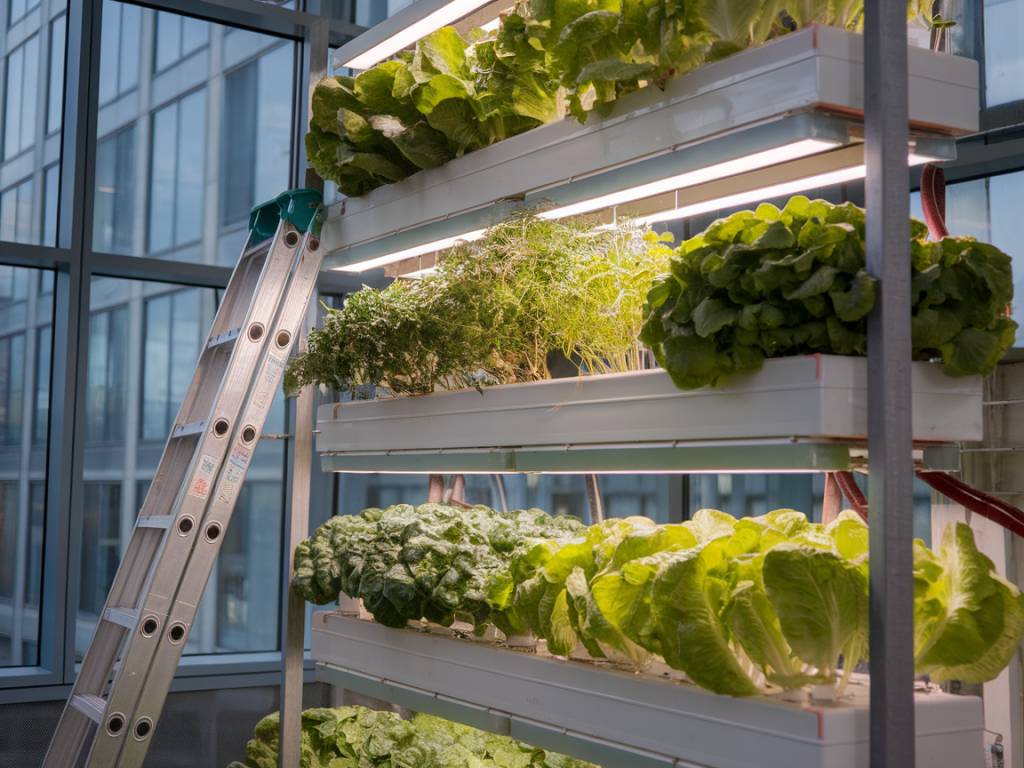It’s no secret: we are living through a sixth mass extinction. Every day, species vanish from the face of the Earth at rates up to 1,000 times higher than natural background levels. The biodiversity crisis is no longer a warning—it’s a lived reality. And yet, amidst the headlines of collapse, there’s a growing movement offering tangible hope: restorative agriculture.
The Reality of Biodiversity Loss
Across ecosystems, biodiversity underpins the fundamental services that human and non-human life depend on: pollination of crops, clean water, resilient soil, climate stability. When biodiversity collapses, systems unravel. Habitat destruction—especially from industrial agriculture—remains the leading driver of species extinction, followed by pollution, invasive species, climate change, and overexploitation.
Agriculture covers about 38% of the Earth’s terrestrial surface and is responsible for 70% of biodiversity loss on land. From monocultures drenched in synthetic fertilizers to deforestation for grazing land, our global food system is deeply entangled in ecosystem degradation. Yet, paradoxically, farming also holds some of the most powerful tools for recovery. Enter restorative agriculture.
What Is Restorative Agriculture?
Restorative agriculture is more than a buzzword—it’s a regenerative, systems-oriented approach to farming that aims to rebuild soil health, enhance biodiversity, sequester carbon, and revitalize local communities. It operates under a simple yet profound principle: farming with the land, not against it.
Unlike conventional agriculture, which often treats soil as a dead medium for synthetic inputs, restorative practices recognize soil as a living ecosystem. Rather than extracting resources, these methods seek to replenish them.
Core principles of restorative agriculture include:
- Minimal soil disturbance: Avoiding intensive plowing preserves soil structure and the microbial life essential to nutrient cycling.
- Permanent soil cover: Using cover crops and mulches to protect topsoil and reduce erosion.
- Diverse crop rotations: Intercropping and rotational planting bolster pest resistance and improve soil fertility.
- Integrating animals: Managed grazing and mixed animal-crop systems promote nutrient recycling and landscape diversity.
- Agroforestry: Including trees and shrubs in agricultural landscapes enhances habitat connectivity and carbon capture.
Case Study: Brazil’s Syntropic Agriculture
One powerful example comes from Brazil, where Ernst Götsch, a Swiss farmer and researcher, pioneered « syntropic agriculture. » On degraded land in Bahia, Götsch’s techniques transformed a monoculture pasture into a thriving food forest in just a few years. By mimicking forest succession patterns, he created a self-sustaining, biodiverse ecosystem that produces cassava, cocoa, bananas, and timber—all without synthetic inputs.
The results are striking: increased soil organic matter, return of endemic bird species, enhanced microclimates, and growing local employment. What started as an experiment now informs training hubs across Latin America, underscoring how ecological restoration and food production are not mutually exclusive—they’re mutually reinforcing.
Scaling Restorative Models Globally
The question, of course, is whether these models can scale. The short answer: yes—but not through copy-paste solutions. Restorative agriculture is inherently contextual. What works on a Kenyan dryland farm won’t map directly to a Canadian prairie. Instead, success hinges on empowering local communities with knowledge, tools, secure land rights, and access to markets.
One promising initiative is the Regeneration International network, which supports localized regenerative projects on every continent—from rice paddies in the Philippines employing duck-assisted pest control, to indigenous-managed permaculture gardens in New Zealand. Each project is tailored to local ecosystems and cultural traditions.
Policy frameworks are also beginning to shift. The European Union’s Common Agricultural Policy now includes payments for ecosystem services. In India, the Andhra Pradesh Community-managed Natural Farming initiative has seen over 800,000 farmers reduce chemical inputs while boosting yields—an extraordinary example of state-backed agroecology in action.
How Biodiversity Rebounds Through Restorative Agriculture
Biodiversity is resilient. Given half a chance—and some compost—ecosystems can bounce back in remarkable ways. Farms transitioning to restorative practices often witness the return of pollinators, earthworms, and fungi within a single season. With time, predator-prey dynamics stabilize, buffer vegetation returns, and water cycles regulate.
In southern France, a conventional vineyard switching to agroforestry reported a 150% increase in beneficial insect populations after three years. In Uganda, diversified organic farms host twice as many bird and butterfly species as their industrial neighbors. These aren’t isolated miracles; they are measurable outcomes tracked by researchers and communities alike.
And let’s not overlook the human dimension. Versatile landscapes tend to support diverse livelihoods: beekeeping, medicinal plants, ecotourism, farm-to-table enterprises. In other words, more biodiversity often means more resilience—both ecological and economic.
Challenges on the Road Ahead
Yet the journey isn’t without obstacles. Land degradation, climate variability, and entrenched agri-business models present serious hurdles. Many smallholder farmers lack the financial buffer to risk changing their practices, particularly without government incentives or market access to premium buyers. Certification schemes like “regenerative organic” are still emerging, and their accessibility remains limited.
Additionally, knowledge gaps remain a barrier. Farmers need technical training, peer-to-peer learning opportunities, and region-specific data. That’s where NGOs, extension services, and agroecology schools play a crucial role.
But perhaps the greatest challenge is cultural: shifting our perception of what “progress” in agriculture looks like. For decades, high yields meant success, regardless of environmental cost. Now, the metrics are changing. Matter of fact, yield means little if the topsoil is gone and rivers dry up.
How You Can Support Restorative Agriculture
Whether or not you farm, you play a role in this transition. Here’s how:
- Know your food sources: Support local farms that use regenerative or organic methods. Ask about their practices at your market—it starts conversations, and sometimes friendships.
- Champion biodiversity: Plant native species in your garden or participate in urban greening projects that provide habitat corridors.
- Vote with your wallet—and ballot: Choose products that support biodiversity and push for policies that incentivize agroecological transition.
- Educate others: Talk about these issues with friends, family, and in your community. Social tipping points often begin with dinner table discussions.
Still wondering if your actions matter? They do. Just like in ecology, change often comes through networks—small organisms (that’s us) working together, shifting the tide one interaction at a time. Biodiversity loss is daunting, but so is our collective capacity for restoration.
Farm by farm, field by field, we are learning that healing the land heals us too. And that’s not just a poetic sentiment—it’s a regenerative strategy we can’t afford to ignore.



